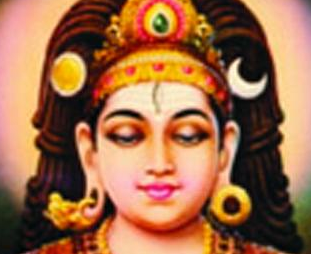Okay,this is going to be less a review and more of an outpouring of my personal feelings on my reading that book.
This book by Stephen Bourne is a book that deals with a sample of the materials available;gay men who served in the World Wars despite the difficulties faced by them due to a society prejudiced against them. I found the values of bravery,sacrifice,heroism and over all that,despite official bigotry from time to time;even the most outrageously camp/effeminate types were accomodated in roles as entertainers even if not directly in fighting. And the ones who were in the frontlines;their values of sacrifice,and the permanent relationships they could form(this was relatively successful over time,surprisingly) despite how formally society looked down upon them but unofficially tolerated them-because they were men of virtue beyond just liking men-IMO are ideals to look upto even after all these days and emaluate.

